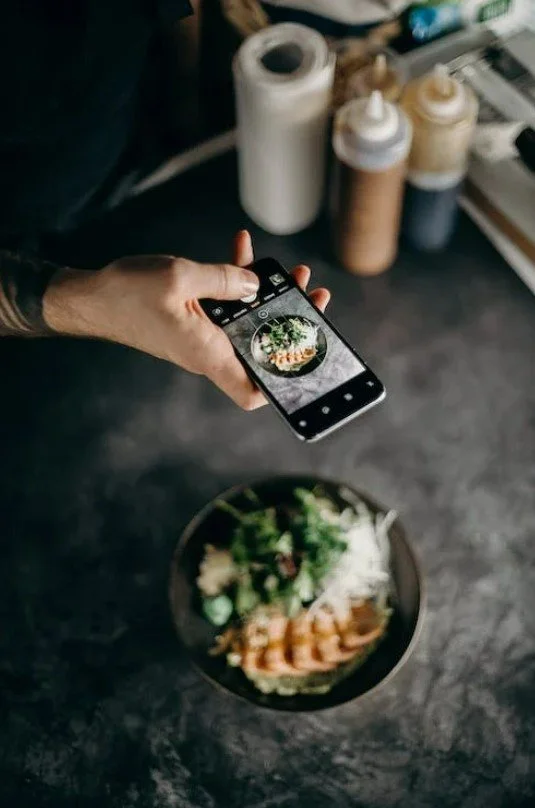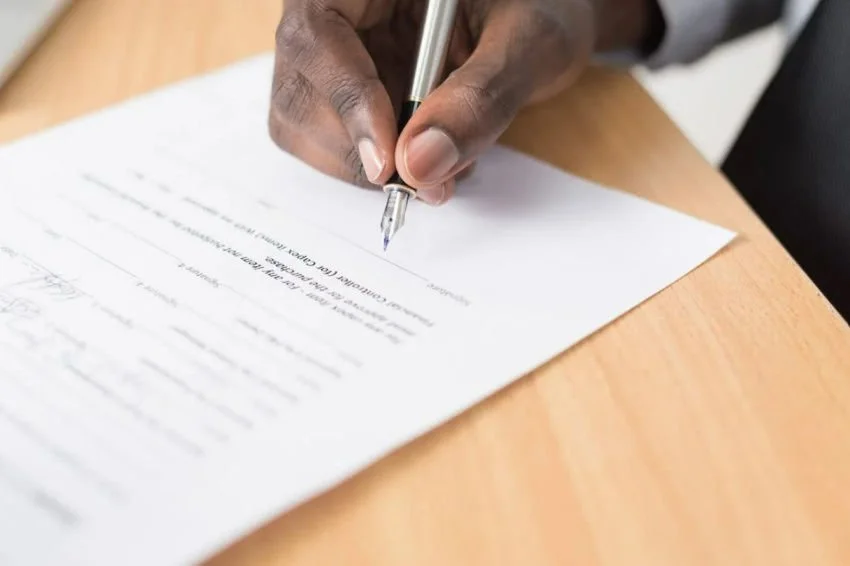9 Steps to Creating an Easy-Peasy Influencer Campaign
It can be daunting when a client states they want to create an influencer campaign, especially if you don’t have experience starting out from scratch. With influencer marketing not going anywhere, especially with the younger generations, now is the time to not only learn how to create these campaigns, but how to do so easily and successfully.
1. Define the goals of the campaign
All marketing campaigns are created to fulfill a goal: Brand awareness, sales, follower growth, etc. The first step is labeling the overarching goal to identify whether you need a local micro-influencer, a mega-influencer, or someone in between. Setting the campaign goal also identifies what your client wants to achieve by the end of the partnership. This helps alleviate any unrealistic expectations, which is crucial for both sides.
2. Define the budget of the campaign
The budget of influencer campaigns is important as this decides how many nights you can comp at your hotel, how many free products you can give for them to trial, or how many meals they can enjoy at your restaurant. This is also used to help determine how long this partnership will last, how well-known the influencer is, and what kind of results to expect.
3. Define your target audience
An influencer partnership is only powerful if the influencer resonates with your engaged audience. An influencer with 12,000 followers can have a substantial impact on your social media if they are tuned into your customer base or followers, much more than an irrelevant influencer with 120,000 followers. It’s important to identify where your audience is located geographically, their age range, and specific interests. These will all help you make sure the influencers you reach out to are a good fit for your brand.
4. Find your campaign influencer
This will likely be the step that takes you the longest, and that’s okay, as it’s super important to select a good fit. Research influencers by using relevant hashtag searches, see who your followers interact with, do searches for your brand to see who is interacting with it, etc. Once you find 3-5 good fits, bring them to your client for approval so you can start working on the partnership details with the influencer.
5. Reach out to potential influencers
Contact the preferred influencer and pitch the partnership you’re interested in with some of the deliverables from both sides. The most common way to go about this is by sending a DM via Instagram or the platform you will be using. If they are interested and agree to move forward, that’s great! If not, reach out to the next on your list until you find someone that’s a great fit.
6. Create gameplan for campaign
Once you have your influencer in place, it’s time to hash out the campaign details. Here is where you list out what you will provide, what you expect to receive in return, and when. This process can have some negotiating, so there may be some back and forth until both parties are happy. Once the deliverables are agreed upon, create an influencer contract. This is where you state what the partnership will include, what accounts to tag on social media, what hashtags to use, the dates, any compensation, etc. Make sure both parties sign this agreement so you have it on file.
7. Manage campaign
Both parties have now agreed to the partnership terms and a contract is in place. Now it’s time to manage the campaign once it’s live. This is when you interact with the social media content as it becomes available. If stories are shared by the influencer, you’ll want to reshare them on your account, interact with any reels made, comment on posts shared by the influencer, etc. This helps gain traction both from your brand’s account and the influencer’s following.
8. Measure the results of the campaign
Once the influencer campaign has come to an end, it’s time to measure its success. Here is where you aggregate the results whether that be new followers, products sold, engagement, etc. A good way to present this information is to provide screenshots of posts that the influencer made, calculate the KPIs and display them in an easy-to-read format, and highlight any positive remarks made on social media about your product or this partnership.
9. Continue success of partnership
The final step to a successful influencer campaign is getting all deliverables from the influencer and using them in the future. Here is when you’ll request the blog post they agreed to or the Dropbox folder with the content they created, so you can incorporate it into your future social media content. Pro tip: make sure you’ve agreed to how you can use the content in the future (website, social media only, photo credit, etc.) so there are no questions when it goes live. This agreement should be spelled out in the influencer contract mentioned above.
Now that you have the 9 steps to creating an easy-peasy influencer campaign, it’s time to create one in the wild! Have questions? Reach out to us at Thin Pig Media.



